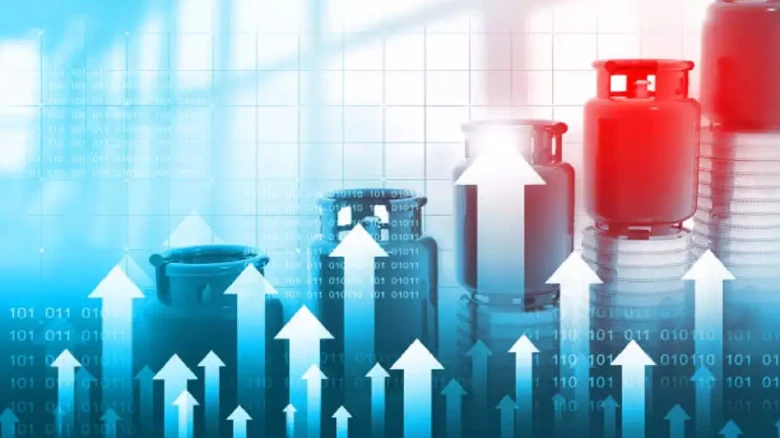Sports

This increase in gas prices has a negative impact on CGDs such as MGL, IGL, Gujarat Gas, and Adani Total Gas, as well as GAIL (India)...
Digital Desk: The government of India increased domestic gas rates for the third time in a row as a result of a substantial increase in gas costs worldwide. Gas prices for H2FY23 have been hiked to $8.57/mmBtu from $6.1/mmBtu. Despite still being less expensive than those in Asia, gas prices in India have increased by about five times in the past year.
Gas prices in India vary with a lag as they are decided by a formula that incorporates the volumes and pricing of natural gas in the USA (Henry Hub), UK (New Balancing Point), Canada (Alberta Gas), and Russia (Russian Natural Gas).
The hike in domestic gas prices usually leads to higher CNG and cooking gas prices. However, this only occurs if city gas distribution firms raise their pricing.
This increase in gas prices has a negative impact on CGDs such as MGL, IGL, Gujarat Gas, and Adani Total Gas, as well as GAIL (India). However, the increase is beneficial to gas producers like HOEC, ONGC, Oil India, RIL, Vedanta, and so on.
Domestic gas is the raw material for CGDs, and if the price increase is not passed on, it will limit their margins. MGL, which uses domestic gas the most, is anticipated to have the greatest impact, followed by IGL. The least affected of the three listed state-owned CGDs is Gujarat Gas. Some analysts believe margins could be half in H2FY23 if CGDs don’t take a price hike.
Analysts also think it will be challenging to raise prices because doing so will make CNG less competitive with gasoline and diesel. Currently, CNG is about 35% less expensive.
GAIL
Analysts estimate that every $1/mmBtu increase in gas costs can reduce EPS by 1.5% to 2% because domestic gas is a component in the production of LPG.
Exploration Companies
A rise in gas prices results in higher realization and higher profitability for oil and gas explorers. Since they explore the majority of the gas in India, ONGC and Oil India stand to gain the most from price increases. Analysts estimate that for every $1/mmBtu increase in price, ONGC's earnings per share will grow by 9% and Oil India's by 11.5%. The overall impact on RIL's consolidated EPS would be about 1%.
Leave A Comment